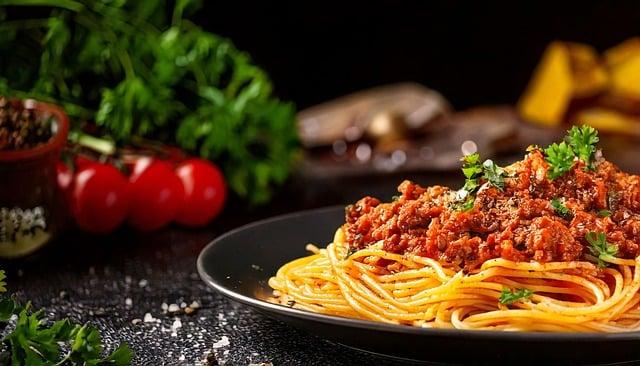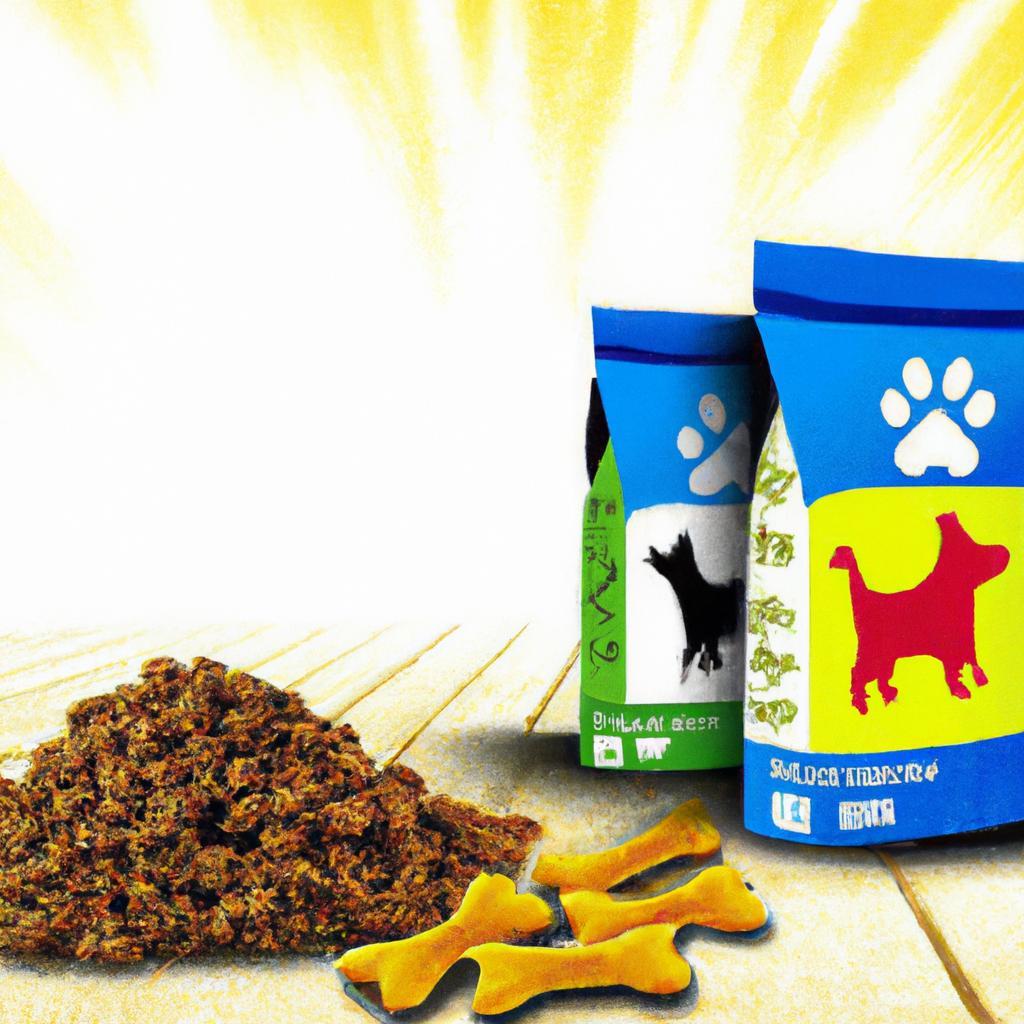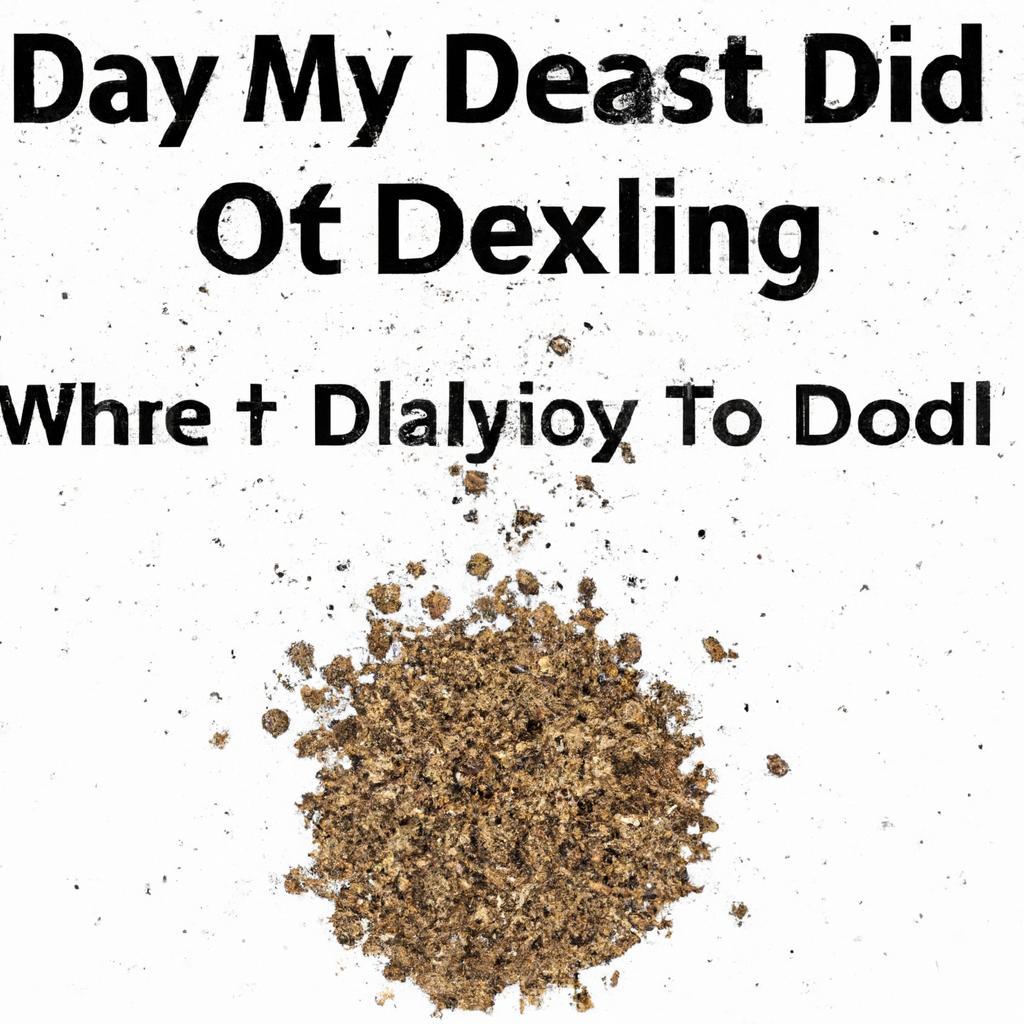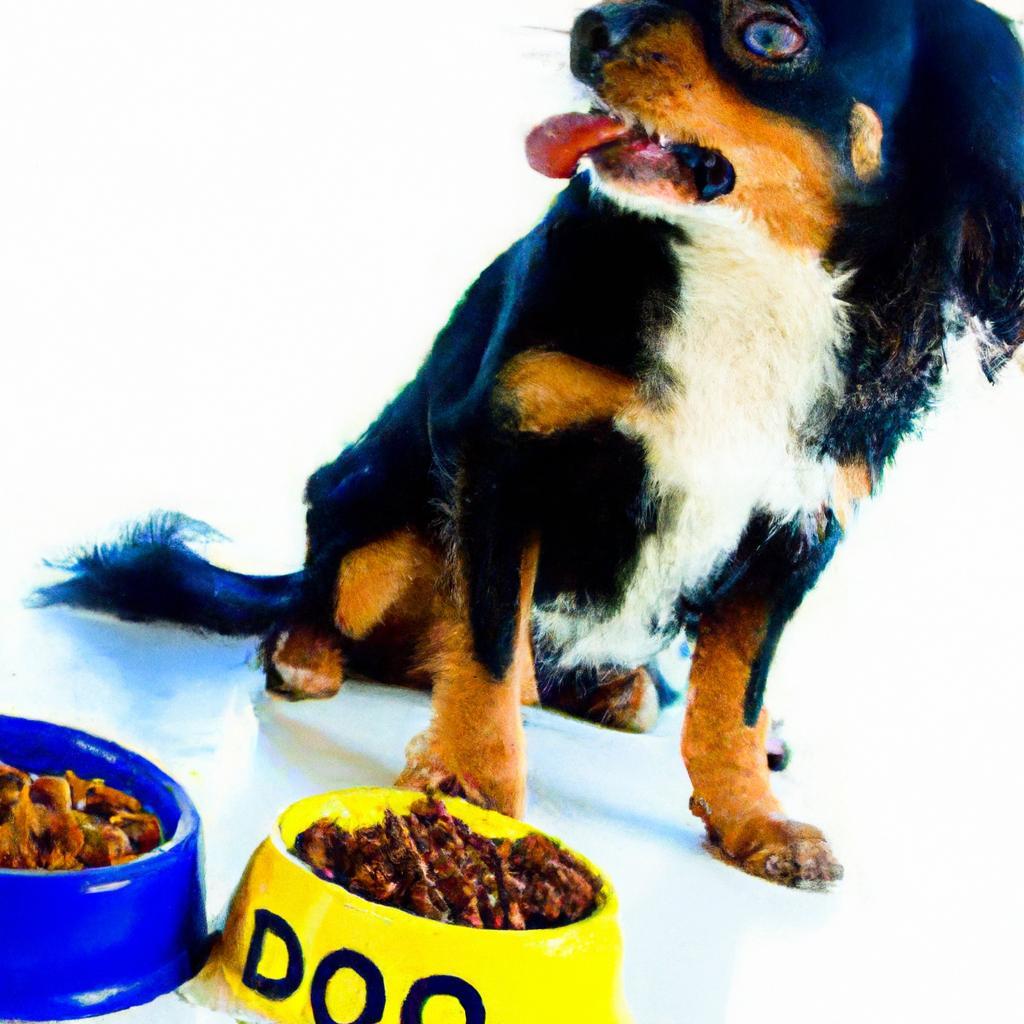Imagine a busy morning where you’re juggling work, kids, and your furry friend’s breakfast. You reach for both wet and dry dog food, wondering if mixing them could save time and boost your pup’s meal. The answer is a resounding yes! Combining wet and dry food not only enhances flavor and texture, making mealtime more exciting for your dog, but it also provides a balanced diet. Wet food adds moisture, while dry food contributes essential nutrients. So, why not treat your dog to a delicious, nutritious blend that keeps them happy and healthy?
Contents
- Understanding the Nutritional Benefits of Combining Wet and Dry Dog Food
- Enhancing Palatability and Encouraging Healthy Eating Habits
- Addressing Digestive Considerations When Mixing Dog Food Types
- Practical Tips for Successfully Mixing Wet and Dry Dog Food
- Q&A
Understanding the Nutritional Benefits of Combining Wet and Dry Dog Food
Combining wet and dry dog food can create a balanced and appealing meal for your furry friend. Each type of food brings its own set of nutritional benefits, and when mixed, they can complement each other effectively. Wet food is typically higher in moisture content, which helps keep your dog hydrated and can be particularly beneficial for those who may not drink enough water. This added hydration can support kidney function and overall health, making it a great addition to your dog’s diet.
On the other hand, dry dog food is often more calorie-dense and can provide essential nutrients that are crucial for your dog’s energy levels. The crunchy texture of kibble can also promote dental health by helping to reduce plaque and tartar buildup. When you mix the two, you not only enhance the flavor and texture of the meal but also ensure that your dog receives a wider array of nutrients. This combination can lead to a more satisfying and nutritious diet.
Moreover, mixing wet and dry food can be particularly advantageous for dogs with specific dietary needs. For instance, senior dogs or those with dental issues may find wet food easier to chew and digest, while younger, more active dogs may benefit from the energy-rich dry kibble. By tailoring the mix to your dog’s individual needs, you can help maintain their health and vitality throughout their life stages.
Lastly, the combination of wet and dry food can also make mealtime more enjoyable for your dog. The varied textures and flavors can stimulate their appetite and encourage them to eat, especially if they are picky eaters. By providing a diverse diet that includes both types of food, you can ensure that your dog receives a well-rounded nutritional profile while also keeping mealtime exciting. This approach not only supports their physical health but also contributes to their overall happiness and well-being.
Enhancing Palatability and Encouraging Healthy Eating Habits
Combining wet and dry dog food can significantly enhance the overall appeal of your pet’s meals. The contrasting textures create a delightful dining experience that can entice even the pickiest eaters. By mixing the two types of food, you can offer your dog a variety of flavors and sensations, making mealtime more enjoyable. This simple adjustment can transform a mundane feeding routine into a gourmet experience, encouraging your furry friend to eagerly anticipate their next meal.
Moreover, the moisture content in wet food can help improve hydration, especially for dogs that may not drink enough water throughout the day. This is particularly beneficial for older dogs or those with specific health concerns. By incorporating wet food into their diet, you not only enhance the taste but also support their overall health and well-being. The combination can be a strategic way to ensure your dog stays hydrated while enjoying their food.
When mixing wet and dry food, consider the nutritional balance to ensure your dog receives a well-rounded diet. Look for high-quality options that complement each other in terms of protein, fats, and essential vitamins. **Opt for brands that prioritize natural ingredients** and avoid fillers, as these can detract from the health benefits of the meal. By carefully selecting the right products, you can create a nutritious blend that satisfies your dog’s palate and meets their dietary needs.
Lastly, introducing a mix of wet and dry food can help establish and reinforce healthy eating habits. By making mealtime more appealing, you encourage your dog to eat at regular intervals, which can prevent overeating or picky behavior in the long run. **Consistency is key**; by maintaining a routine that includes this combination, you can foster a positive relationship with food, ensuring your dog remains happy and healthy. Embrace this simple yet effective strategy to elevate your pet’s dining experience and promote their overall wellness.
Addressing Digestive Considerations When Mixing Dog Food Types
When considering the combination of wet and dry dog food, it’s essential to take into account your dog’s unique digestive system. Dogs have evolved to digest a variety of food types, but mixing them can sometimes lead to digestive upset if not done correctly. Understanding your dog’s specific needs and how their digestive tract responds to different food types is crucial for maintaining their health and well-being.
One of the primary factors to consider is the moisture content in wet food compared to dry kibble. **Wet food typically contains around 70-80% moisture**, while dry food has only about 10%. This difference can affect how quickly food passes through your dog’s digestive system. If your dog is not used to a high-moisture diet, introducing wet food suddenly may lead to issues such as diarrhea or an upset stomach. Gradually mixing the two types can help your dog adjust more comfortably.
Another important aspect is the nutritional balance. **Wet and dry foods often have different nutritional profiles**, which can be beneficial when combined correctly. For instance, wet food can provide additional protein and hydration, while dry food offers dental benefits and fiber. However, it’s vital to ensure that the overall diet remains balanced. Consulting with your veterinarian can help you determine the right proportions and combinations to meet your dog’s specific dietary requirements.
Lastly, keep an eye on your dog’s reaction to the mixed diet. **Signs of digestive distress** may include vomiting, diarrhea, or changes in appetite. If you notice any of these symptoms, it may be necessary to adjust the ratios or types of food you are offering. Monitoring your dog’s health and making adjustments as needed will ensure that they thrive on a mixed diet, allowing them to enjoy the best of both wet and dry food options without compromising their digestive health.
Practical Tips for Successfully Mixing Wet and Dry Dog Food
Mixing wet and dry dog food can be a great way to enhance your pet’s dining experience, but it’s important to do it right. Start by choosing high-quality brands for both wet and dry food to ensure your dog receives balanced nutrition. Look for options that list meat as the first ingredient and avoid those with excessive fillers or artificial additives. This will not only improve the taste but also contribute to your dog’s overall health.
When combining the two types of food, consider the **texture and moisture content**. Wet food can add moisture to dry kibble, making it easier for your dog to chew and digest. To achieve the perfect blend, try mixing a small amount of wet food with the dry kibble, gradually increasing the ratio based on your dog’s preference. This approach allows you to monitor how your dog reacts to the new combination and adjust accordingly.
Portion control is crucial when mixing wet and dry food. Be mindful of the **caloric content** in both types of food to prevent overfeeding. A good rule of thumb is to reduce the amount of dry food slightly when adding wet food to maintain your dog’s ideal weight. Always consult your veterinarian for specific recommendations based on your dog’s age, weight, and activity level to ensure they are getting the right amount of nutrients.
Lastly, keep an eye on your dog’s **digestive health** after introducing a mixed diet. Changes in diet can sometimes lead to gastrointestinal upset, so monitor for any signs of discomfort or unusual behavior. If your dog seems to enjoy the mix and shows no adverse reactions, you can continue to offer this combination as a regular part of their meals. Remember, variety can be a key ingredient in keeping your dog happy and healthy!
Q&A
-
Is it safe to mix wet and dry dog food?
Yes, it is safe to mix wet and dry dog food. Many pet owners do this to enhance the flavor and texture of their dog’s meals, making it more appealing. However, it’s essential to ensure that both types of food are nutritionally balanced and appropriate for your dog’s specific dietary needs.
-
Will mixing wet and dry food upset my dog’s stomach?
Generally, mixing wet and dry food should not upset your dog’s stomach, especially if they are accustomed to both types. However, if your dog has a sensitive stomach, introduce the combination gradually to monitor their reaction. Always consult your veterinarian if you notice any digestive issues.
-
Can mixing wet and dry food help with hydration?
Absolutely! Mixing wet and dry dog food can significantly increase your dog’s water intake, especially if they are not drinking enough water on their own. Wet food contains a higher moisture content, which can help keep your dog hydrated and support overall health.
-
How should I proportion wet and dry food when mixing?
The proportion of wet to dry food can vary based on your dog’s preferences and dietary needs. A common ratio is 1 part wet food to 2 parts dry food, but you can adjust this based on your dog’s taste and nutritional requirements. Always ensure that the total daily intake meets their caloric needs.
mixing wet and dry dog food can enhance your pet’s dining experience, providing both nutrition and flavor. By combining the two, you can ensure your dog enjoys every meal while reaping the benefits of a balanced diet. Make mealtime exciting!

大家好,我是彼得潘,專業的手法身體治療師。我喜歡探索和研究各種主題,並透過與人工智慧的合作分享專業、實用、有趣的文章。我們定期進行人工審核,以確保內容的準確性。如果您發現文章中有任何不準確的地方,請隨時與我們聯繫,我們會及時糾正。您可以透過 [email protected] 與我們聯繫。



